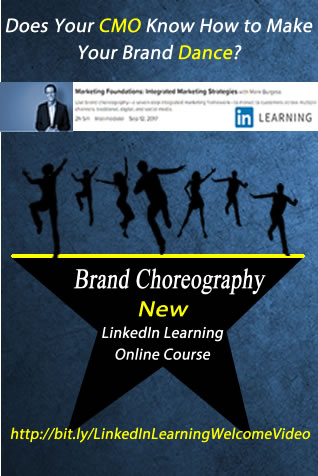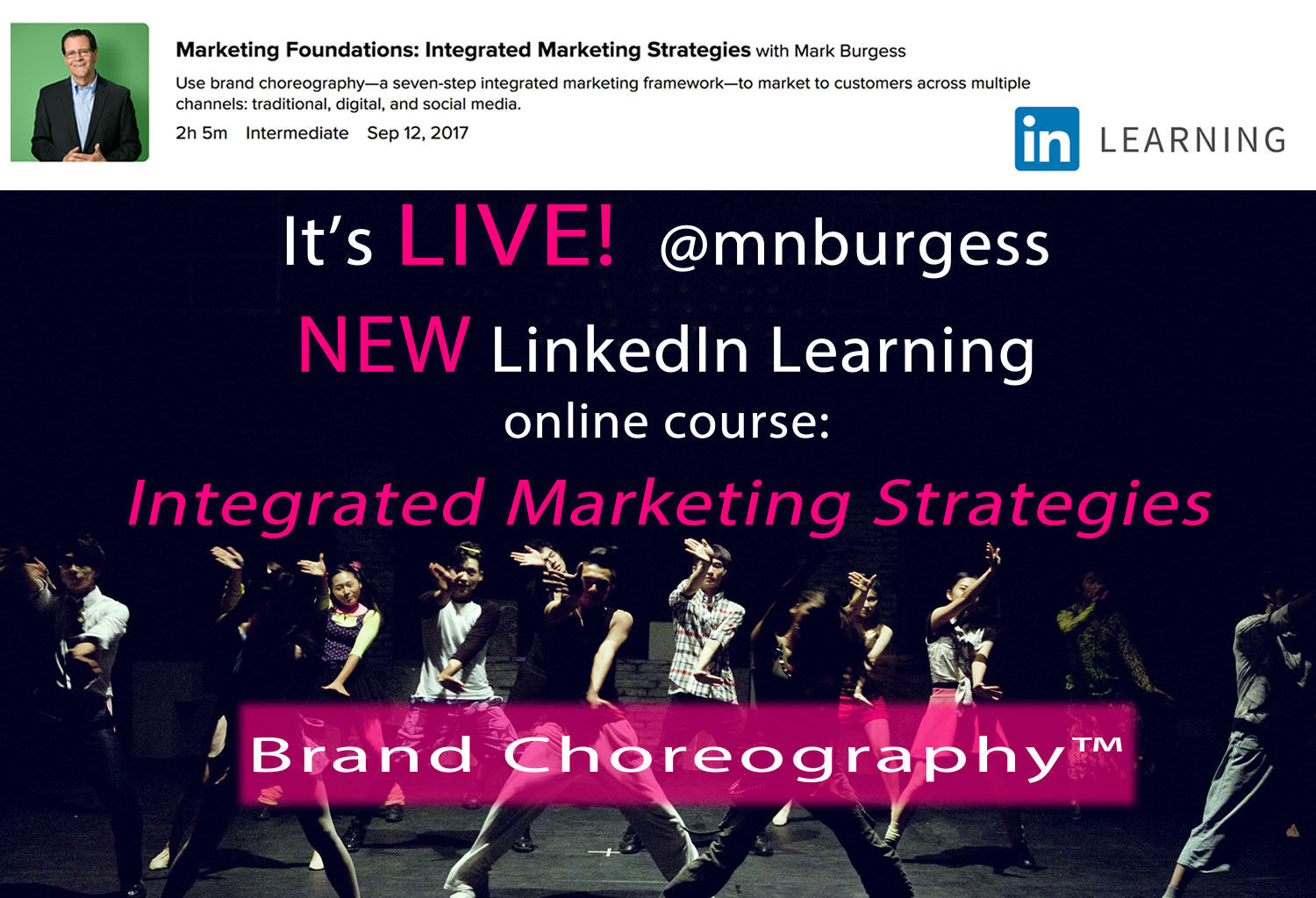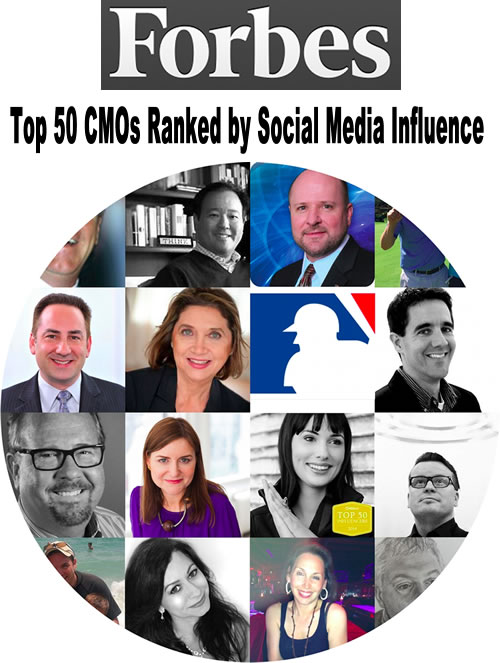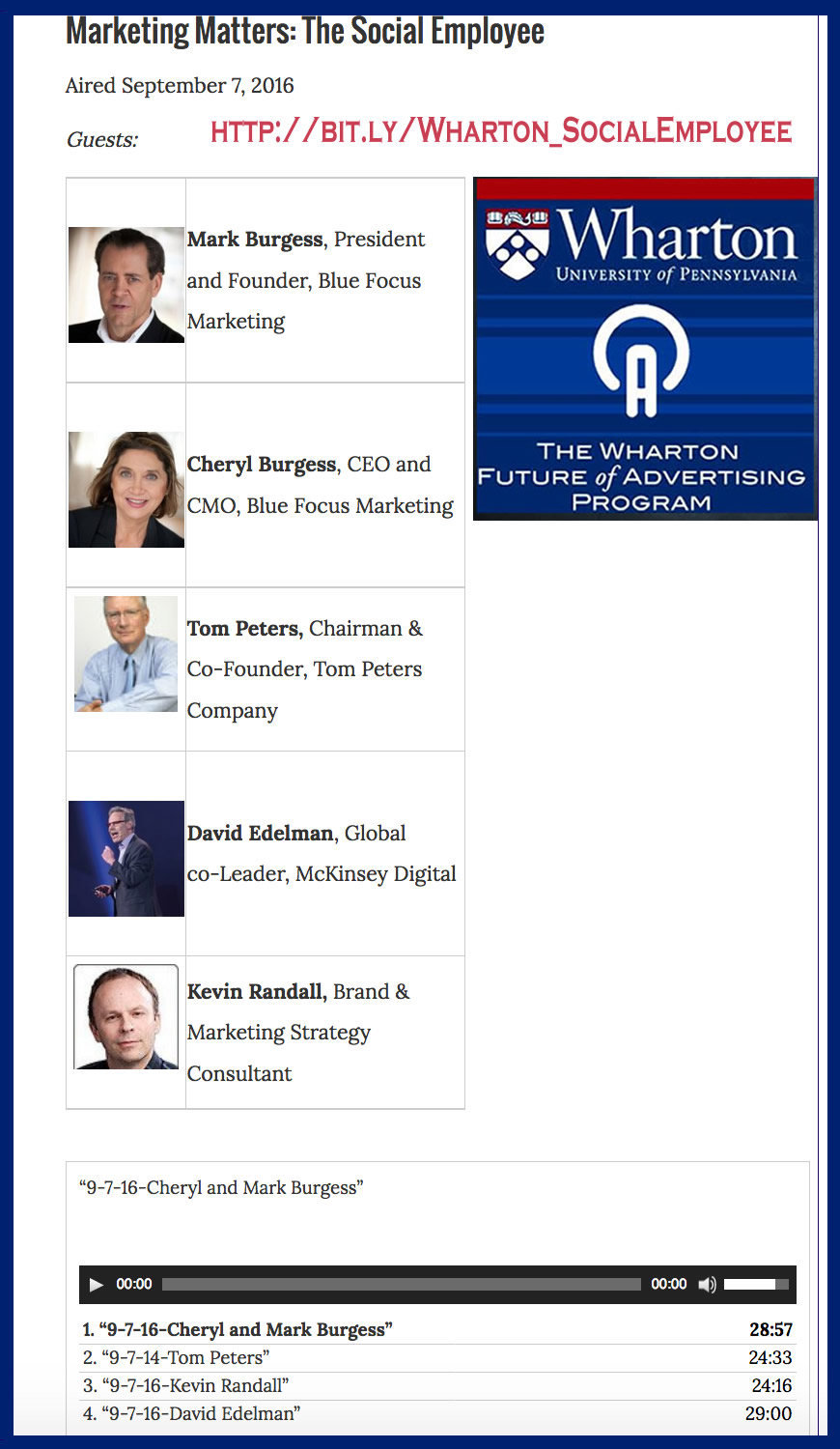
Everything changes. You might say that even change itself changes. For years, marketers have focused on what is called the AIDA model, in which brands drive Awareness, Interest, and Desire for products to achieve Action (purchase). The fundamental problem with the AIDA model (it has been around since the 1950s) is that it ends with action. However, the discipline of marketing teaches us that the cycle doesn’t simply end with a purchase.
The true measure of a brand is its ability to provide ongoing customer satisfaction throughout the post-purchase phase. If marketers have done their jobs correctly, a more-than-satisfactory purchase leads to increased levels of loyalty. Today, the customer’s quest for a fulfilling product experience has taken a new turn, one which David Edelman, Global co-leader, Digital Marketing and Sales Practice at McKinsey & Company, refers to as the “Consumer Decision Journey.” I asked David to briefly describe a more current model that helps marketers to think differently about their approach to acquiring and retaining customers:
“The Consumer Decision Journey reflects the full view of how people think about purchase decisions,” according to Edelman. “It is not linear, it crosses channels, and it is very rooted in what people have already experienced. People consider whether they should be in the market for something. They then evaluate their options, they figure out whether and where to buy, they experience it, they decide whether to share their experience with others, and then they may commit more to the brand if all goes well.”
David continues: “The steps in this process are constantly influencing which brands are in and out of someone’s consideration set. We have done research in a number of categories that says that all of these are absolutely important factors—as much, if not more so, than the amount of advertising you spend your money on. You have got to have control of that full cycle versus just simply thinking about how you allocate to paid media. It is about helping someone through their journey. That’s the core essence of the much-touted change from push- to pull-marketing.”
As marketers, we continue to face monumental change in the shift from outbound to inbound marketing. We must also confront the realization that consumers are impacted by a myriad of touch points, each offering the brand an opportunity to win or lose a customer’s loyalty. At Blue Focus Marketing®, we created a new way of thinking about the integration of marketing communications activities, called Brand Choreography. Essentially, this process involves the orchestration of all appropriate marketing messages and tactics—across traditional, digital and social media platforms—designed to impact the critical touch points. Thus, supporting the consumer’s buying process at each step as buyers seek to reach their goals from acquiring information and making purchases to experiencing and recommending products. Social media plays a significant role in this connected process.
The Importance of Digital Education
“To compete in today’s digital world, professionals must invest in learning new digital and social media skills,” says Eric Greenberg, Managing Director of Executive Education at Rutgers Center for Management Development. “Rutgers Center for Management Development offers several innovative Mini-MBA™ programs to equip today’s executives with the skills to succeed.
In an era where even the notion of change is changing, the AIDA model simply won’t cut it if brands want to foster loyalty in their customers. Fortunately, many advanced marketing programs have recognized the need to take the customer experience into the 21st century, and are offering dynamic new courses designed to prepare the next generation of marketers for the new digital landscape.
For those interested, I will host a workshop on integrated marketing communications for the American Marketing Association in Chicago on Sept 13-14, 2012 and would be happy to discuss these concepts further.
How has your organization’s approach to marketing changing in the digital age? Are there customer-focused marketing strategies you can recommend?
This post was originally published on AT&T’s Networking Exchange Blog.












